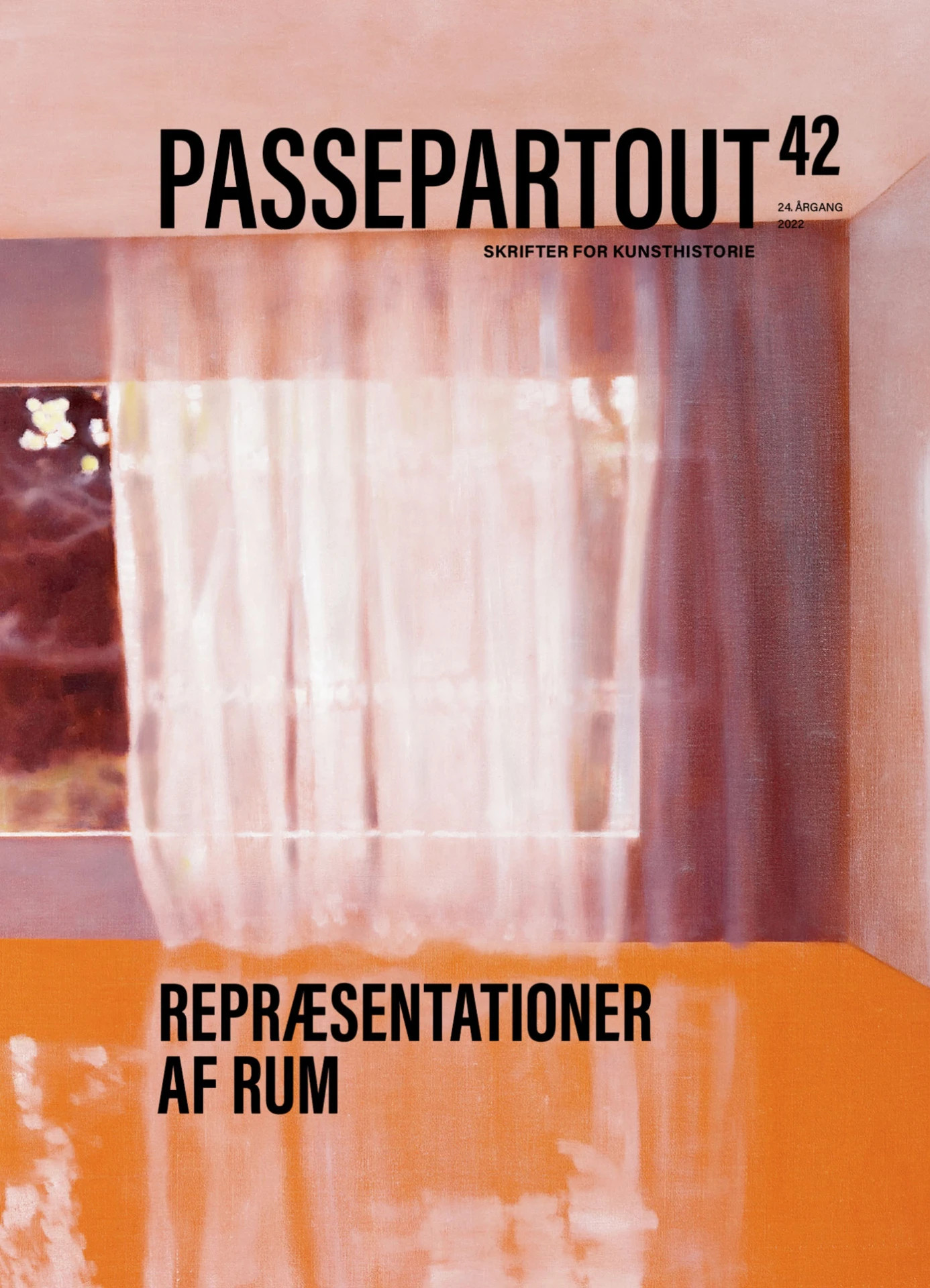“Den store stil og rammesætningens nødvendighed: Virkningshistorien af Vilhelm Wanschers rumopfattelse i malerier af Jerichau og Willumsen”

"Rummet som ramme for den store stil: Vilhelm Wanschers arkitektursyn og dets eftervirkning hos Jerichau og Willumsen." Passepartout. Skrifter for kunsthistorie 24, no. 42 (2022): 99–134, https://tidsskrift.dk/passepartout/article/view/135136
Theme: The representation of space. Editors: Natascha Lundholm Søndermark Beringer, Carina Sabrina Wiborg Borovski Hundsdahl, Mia Rudfeld, and Linda Højgaard Svendsen. ISSN 0908-5351
Summary: Spacing and Framing in the 'Grand Style': Vilhelm Wanscher's Concept of Space and its Impact on Paintings by Jerichau and Willumsen
After decades of neglect, the writings of Danish art historian Vilhelm Wanscher (1875–1961) are being rediscovered, inspired by Heinrich Wölfflin, he presented a formalist theory of art and architecture anchored in the perception of space. His 1906 text – Den æsthetiske Opfattelse af Kunst (The Aesthetic Perception of Art) – was also a manifesto in which he called for a return to the 'Grand Style', as he dubbed it, of artists such as Giotto, Raphael, Michelangelo, and Tintoretto. As he had hoped, this work, as well as his subsequent writings, had an impact on both architecture and the visual arts in Denmark around World War I. Previous research has focused on particular aspects of Wanscher's reception history, both in the arts or in architecture. This article argues that the architectural framework is key to all aspects of Wanscher's project of the 'Grand Style', and consequently traces the impact of Wanscher's mannerist spatial concept in works by his followers, Danish painters Jens Adolf Jerichau and J. F. Willumsen. For both of these artists, the stage-like presence of architectural elements forms an indispensable part of the composition of their pictures. The article pays particular attention to Jerichau's Hæcuba (1916) and to Willumsen's series of Venetian vedute from 1929–35. On the basis of these findings, the article concludes that Wanscher was singular amongst his contemporaries – with Sigfried Giedion as a notable exception – in his insistence on there being a unifying spatial paradigm across media. Furthermore, we conclude that Wanscher's preference for representation, harmonious composition, spatial illusionism, and learning from the masters makes his project wholly in-compatible with the – equally formalist – demands on painting formulated by Clement Greenberg and Michael Fried. The theatricality of Wanscher's spatial concept is alien to Fried's aesthetics, yet in tune with Christoph Menke's definition of aesthetic experience under modernity.